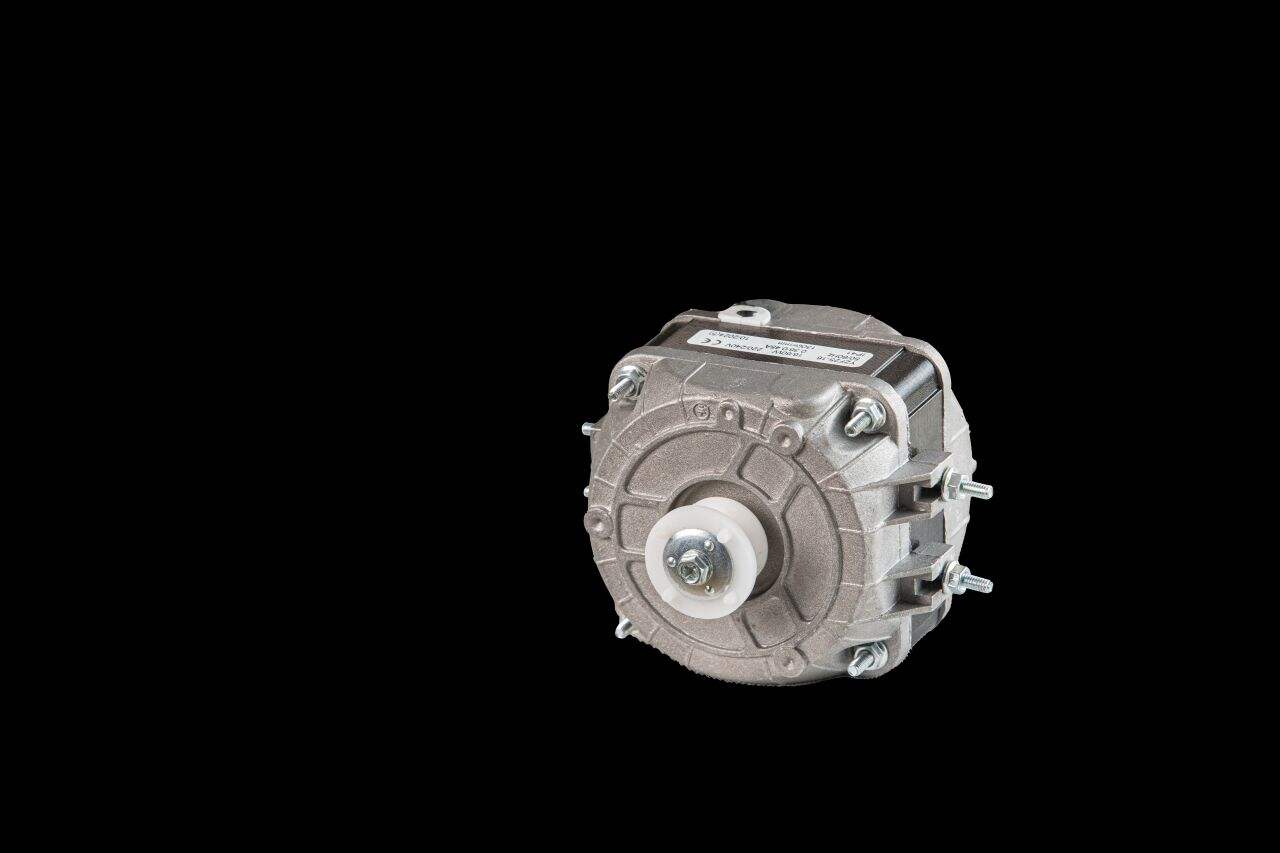Ein Einphasen-Asynchronmotor ist ein elektromotor der mit Einphasenstrom arbeitet. Diese Motoren funktionieren mit Wechselstrom (AC) und dienen zur Erzeugung eines rotierenden Magnetfeldes. Dieses Feld ist es, das den Motor in Drehung versetzt und somit seinen Zweck erfüllt. In diesem Beitrag werden wir uns mit dem Aufbau, dem grundlegenden Konstruktionsprinzip, dem Wirkungsprinzip und einigen Besonderheiten des Einphasen-Asynchronmotors beschäftigen. Kurz gesagt (Vorteile und Anwendungen von Einphasen-Induktionsmotoren). Ebenfalls gehen wir auf häufige Probleme dieser Motoren und deren Behebung ein.
Einphasige Asynchronmotoren sind in vielerlei Hinsicht vorteilhaft. Sie sind zudem leicht, kostengünstig und einfach zu warten. Diese Motoren finden sich in alltäglichen Haushaltsgeräten wie Ventilatoren, Klimaanlagen, Kühlschränken und Waschmaschinen. Sie kommen ebenfalls in kleineren industriellen Anwendungen zum Einsatz, beispielsweise in Pumpen und Förderbändern. Ihre Zuverlässigkeit und Vielseitigkeit haben dazu geführt, dass Einphasen-Asynchronmotoren weltweit weit verbreitet sind.

Einphasiger Asynchronmotor-Aufbau Einphasen-Induktion motoren enthalten elektromagnetische Felder im Stator des Motors. Wenn Wechselstrom durch den Stator fließt, erzeugt dies ein sich drehendes magnetisches Feld, welches Ströme im Rotor induziert. Diese Ströme veranlassen den Rotor, sich zu drehen, und der Motor beginnt zu arbeiten. Wir können die Geschwindigkeit und Drehrichtung des laufenden Motors ändern, indem wir Frequenz und Spannung des Wechselstroms anpassen.

Einphasen- und Drehstrom-Asynchronmotoren Ein der wesentlichen Unterschiede zwischen dem 1-Phasen-Motor und dem 3-Phasen-Motor besteht darin, dass es beim 1-Phasen-Motor nur eine Stromphase gibt, welche in mechanische Energie umgewandelt wird. Aufgrund dessen ist ein 1-Phasen-Motor weniger effizient, vibriert stärker und erzeugt im Vergleich zum 3-Phasen-Motor ein vergleichsweise geringeres Drehmoment. Einphasige Motoren werden von einer AC-Phase angetrieben, drehstrommotoren hingegen von drei Phasen. Drehstrommotoren sind typischerweise effizienter und liefern eine höhere Leistungsabgabe, wodurch sie ideal für größere industrielle Anwendungen sind. Einphasige Motoren sind jedoch in Haushalten und kleinen Unternehmen sehr verbreitet, da sie kostengünstiger und weniger komplex sind.

Obwohl Einphasen-Asynchronmotoren zuverlässig sind, können sie eine Fehlersuche erfordern. Typische Probleme sind das Herunterlaufen, das Erzeugen von Geräuschen und das Nichtanspringen. Um diese Probleme zu beheben, sollten die elektrischen Verbindungen und Teile des Motors auf Schäden überprüft werden. Regelmäßige Wartung kann dabei helfen, solche Probleme frühzeitig zu erkennen und zu beheben, sodass der Motor weiterhin zuverlässig arbeitet.